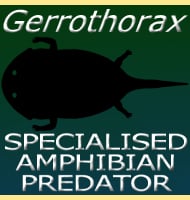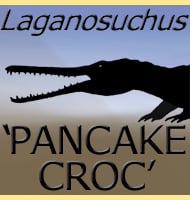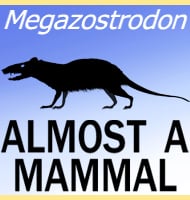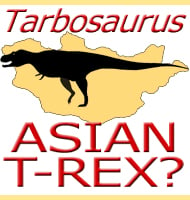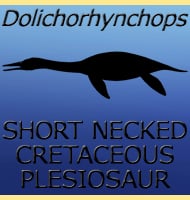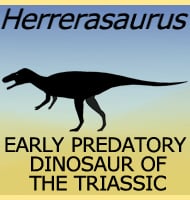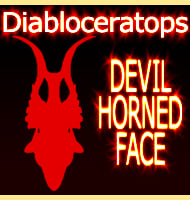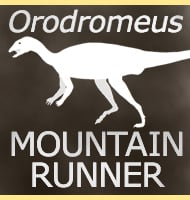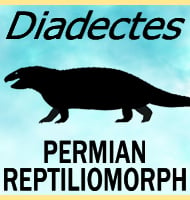In Depth
Mosasaurs appear to have been some of the most common marine reptiles around New Zealand towards the end of the Cretaceous, and at up to twelve meters long, Moanasaurus was towards the larger end of the mosasaur size scale. Given its large size it’s a safe bet that Moanasaurus would have been a predator of large prey that most probably consisted of other marine reptiles. Aside from smaller mosasaurs, other marine reptiles known from the waters of late Cretaceous New Zealand are elasmosaurid plesiosaurs such as Mauisaurus and Tuarangisaurus. These would have been quite easy prey for a large mosasaur like Moanasaurus which could probably swim faster than them as well as using its large jaws to inflict serious injuries to a plesiosaurs neck and flippers.
Moanasaurus is a combination of the Māori word for sea (‘Moana’) and the Greek for lizard (‘sauros’). Other mosasaurs that are known from New Zealand include Taniwhasaurus, at least one species of which may have approached Moanasaurus in size, and Prognathodon which was a more specialised mosasaur that ate armoured prey.
Further Reading
– Moanasaurus, a new genus of marine reptile (Family Mosasauridae) from the Upper Cretaceous of North Island, New Zealand. – New Zealand Journal of Geology and Geophysics vol 23, 4 – J. Wiffen – 1980.


